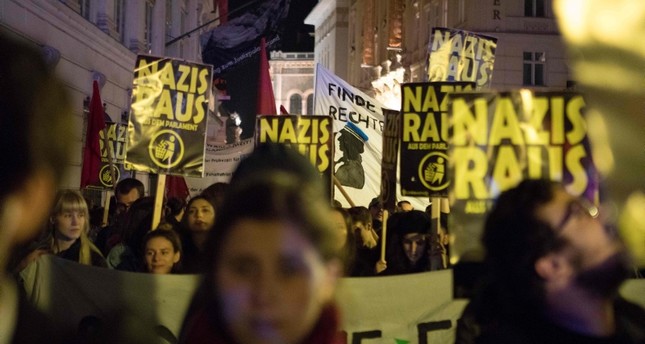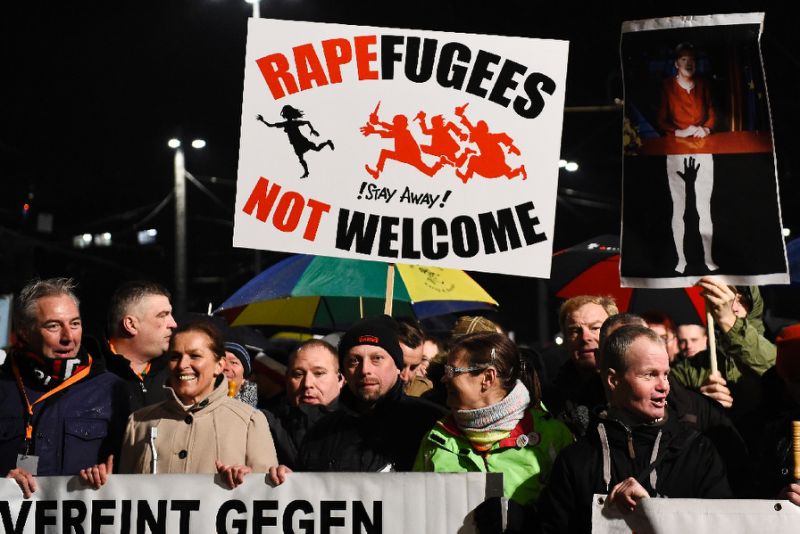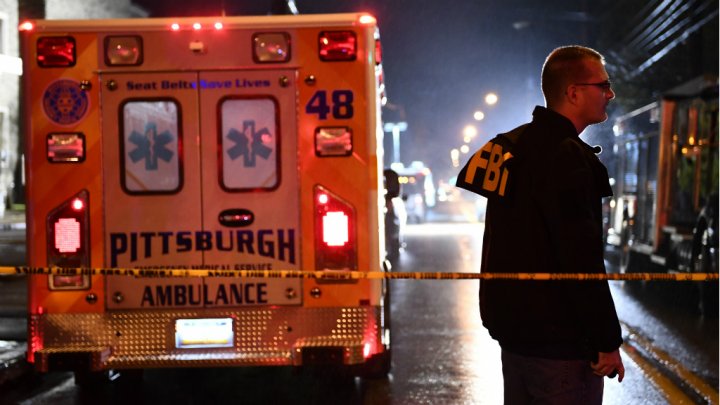Last month, The Economist published its latest Global Liveability Index (GLI). After a reign at the top of the list for seven years, Melbourne was displaced by Vienna as the world’s most liveable city. But how accurately does the index reflect the changing reality of our increasingly diverse cities today?
The index, which rates 140 cities around the world, is based on 30 factors constituting “liveability” across five broad categories of stability, crime, education, healthcare, and infrastructure. While the impact of terrorism on cities and stability is taken into account, notably absent from The Economist’s index are measures of community relations, cohesion, and polarisation. If these “living-together” metrics were included, would Vienna still come out on top?
With the rise of xenophobia, racism, anti-migrant, anti-Muslim and anti-Semitic sentiments across Europe and the U.S., measures that seek to gauge polarisation – or our ability to “live together” – are increasingly important as cities expand and become more globalized. Indices like the Global Liveability Index must consider how a city fosters and seeks to nurture their citizens’ “ability to live together” as a core part of its “liveability” overall.
Cities and Diversity
Cities are fundamentally centers of diversity. The flow of new migrants, refugees, rural-urban migration, and an increasingly global and digital economy have ensured that cities remain a melting pot of different backgrounds, beliefs, and ethnicities. By 2050, two-thirds of the world’s population will be living in cities, adding to their importance as political, social, and cultural powerhouses.
This is not without consequences. High levels of population churn and diversity can be extremely difficult for cities to manage. Gentrification and economic polarisation have slowly forced some residents into lower-quality housing districts where criminal activity is higher and the quality of education poorer. Generations of migrants and refugees have been the most frequent victims of this gradual process of urban displacement which, in the worst instances, has led to highly-concentrated poverty, resentment, and violence.
It is vital that a liveability index captures not only the extent of a city’s polarisation but also how it manages that division, to consider “liveability” for all citizens – including marginalized groups.
If we were to recalibrate liveability to consider “living-together” measures, the results could lead to some interesting changes to city rankings. Vienna, the current frontrunner, is a city renowned for its cosmopolitanism, with almost 40 percent of its population of migrant backgrounds – predominantly Hungarians, Czechs, Poles and Turks – and has been a bastion of leftist politics since 1945.
However, a 12 percent increase in population between 2007-2016, combined with the migration crisis of 2015 and the rise of anti-immigrant sentiment across Europe, has strained Vienna’s socialist credentials. In the run-up to the city’s 2015 elections, the far-right Austrian Freedom Party (FPÖ) threatened to displace the ruling Social Democrats, gaining 31 percent of the vote – its highest result in a local election. Nationally, the FPÖ successfully rode the wave of anti-immigrant fervor in 2017 to achieve its most successful election since 1999, entering into a coalition with the conservative Austrian People’s Party (ÖVP).

How these recent changes have affected Vienna’s social cohesion and ability to “live together” is a subject worth investigating, and with the rise in populist, far-right, and polarising rhetoric in cities across the world, it has become more important than ever to measure these factors.
If the GLI reflected these dynamics, cities which actively encourage cohesion and integration – for instance by providing mixed, integrated housing and neighborhoods, and which look for opportunities to increase day to day contact between citizens from diverse and different backgrounds – would be internationally recognized and thus emulated.
In addition to measures of spatial and economic segregation, relevant metrics such as levels of hate crime attacks, the presence of known extremists, supremacist groups, and frequency of xenophobic demonstrations would capture polarisation at its more extreme end.
Attitudinal surveys of populations can also help to shed light on community relations and polarisation. There are a few examples, globally, of city-level data that measures social cohesion, trust, and feelings of belonging, such as the Victorian Community Health Indicators in Australia and the previously-run UK Place Survey. Measured over time, these are potentially powerful indicators of social cohesion, equality, and trust – the hallmarks of a city’s liveability. However, largescale surveys such as these are expensive and difficult to administer.
Another possible avenue for measuring “ability to live together,” which would be more cost effective and thus easier to scale globally, could lie online. The Institute for Strategic Dialogue’s Strong Cities Network, a network of over 120 global cities working to build social cohesion, has been working with the Centre for the Analysis of Social Media at the University of Sussex on developing a City Extreme Speech and Polarisation Mapper. Based on analysis of data on public social media platforms, trials in London have shown a link between online hate speech and offline hate-motivated attacks, suggesting the potential for cities to be able to anticipate the increased risk of hate crime attacks in certain boroughs or neighborhoods.
Including “Living-Together” Indicators
Cities need the policy tools and approaches to track, measure, and ultimately mitigate these worrying trends. In addition to tackling hate crime, they need to be able to respond effectively to potential incidents, from terrorist attacks to violent protests and demonstrations, while actively working to improve social cohesion through community and grassroots initiatives which have the local knowledge, connections, and ability to counter these issues at the local level.
Experiences from cities such as Chattanooga, London, and Paris, which have experienced Islamist-motivated attacks, to Charlottesville, Luton, and Dresden, which have experience in managing demonstrations by white supremacists and xenophobic populist groups, can prove guidance to their peers.
Measures like The Economist’s GLI can and should support these efforts. Global ratings inevitably influence city officials: every city wants to be able to say it is the most “liveable.” By including measures of “living-together” within its calculations, and by giving greater regard to how city governments respond to polarisation, liveability indexes can help encourage cities to focus on these issues and to develop effective policies and approaches.
Given the rising polarisation and increasing xenophobia seen around the world today, the inclusion of “living-together” indicators in indexes like the Global Liveability Index would provide a powerful stimulant for cities to refocus their efforts towards addressing social cohesion and division in the years and decades to come.
Disclaimer: The views and opinions expressed here are those of the author and do not necessarily reflect the editorial position of The Globe Post.




















